Beginner's Guide to Rough Weather Sailing Gear
Rough weather sailing gear is essential if you're planning on being on a yacht throughout the winter - and even in the summertime. The thing about weather is that it can change rapidly, and if you're out on the open ocean, chances are you're going to feel the true force of what Mother Nature can really do. It can be brutal to say the least. However, if you're prepared and have all the necessary clothing and equipment, your experience will be far more positive and actually enjoyable.
What is rough weather sailing gear?
It's all about keeping the body protected from the elements. This can be the outside temperature, rain, hail, saltwater and the wind (chill factor). Rough weather sailing gear consists of heavy-duty jackets, smocks, trousers and drysuits. Each item of clothing is basically a shell designed to keep water off your body and act as a barrier between the wind and your skin. These days, due to technological material advancements, rough weather sailing gear is extremely 'high-performance' allowing you to have complete freedom with your movement whilst also being exceptionally comfortable. However, rough weather sailing gear is not insulated. Your warmth will be determined by how well you layer underneath. Click here for more information on layering.
How should rough weather sailing gear fit you?
Unlike layers, that are meant to fit pretty tightly, rough weather sailing gear is generally looser, allowing for more freedom of movement. The length of your sleeve should cover your palms when your arms are resting beside your body. This may seem a little odd at first, but the reason behind it, is that it allows you to raise and move your arms when you have multiple layers on underneath - and when it comes to sailing, you're going to be moving a lot! However, if you don't like the feel of your sleeves covering your palms, you can tighten the Velcro in order to keep the sleeve above your wrist.
The length of your trousers will be similar for the same reason. When you're ocean sailing or racing, you'll be required to move around the deck quite often, and you'll also be made to crouch and sit down. You need to have enough space/movement within your trousers to allow this to happen. There will be Velcro straps at your ankles to tighten, so your trousers don't engulf your shoes and become a safety hazard.
Rough Weather Sailing Gear Categories
According to APS (Annapolis Performance Sailing) there are seven (7) categories of rough weather sailing gear:
- Ocean
- Offshore
- Coastal
- Inshore
- Light inshore
- Buoy racing
- Dinghy racing
When it comes to 'proper' rough weather, the ocean and offshore categories are the two most important, in terms of having the appropriate sailing gear.
There are slight differences between the two. Offshore gear can be defined as the following:
- A full coverage hood that had adjustments to mold to your face to keep water out.
- Reflective tapes across the jacket.
- High collars with far greater front storm flaps that are able to be adjusted.
- Length of jacket and trousers are longer to maximise coverage and allow for far better freedom of movement.
Additionally, ocean gear can defined as the following:
- Durable to last for days/weeks out on the ocean.
- Developed using the most technically advanced materials, and regarded as the pinnacle of sailing gear, that is used by professionals all over the world.
- The highest collars of any jackets with multiple Velcro attachments.
- Can withstand all forms of weather.
Looking after rough weather sailing gear
Like most things in life, the more you look after it, the longer it's going to last. Rough weather sailing gear is no different. Furthermore, sailing kit can often be a little on the expensive side, so you really do want to ensure that it's going to last as long as possible. When it comes to cleaning your rough weather sailing gear, you want to make sure you only was them when they really need it. When that time comes, you want to detach anything that can be detached, close all pockets etc, and wash with similar colours - like you would with your own clothes. To wash, you want to use non-biological products. The reason being, biological products contain enzymes that can damage the performance of your sailing gear. Try to avoid fabric softener (and bleaching agents), as this can damage the breathability of your jacket. When it comes to drying your sailing gear, you want to get this happening as soon as possible so it's ready for your next adventure. If there happens to be water on the inside of your sailing jacket and trousers, you want to have that dry first, because there's nothing worse than putting on sailing kit that's damp against your layers on the inside. Once you believe everything on the inside is dry, go through the same process on the outside - although it's not as important for obvious reasons. Rinsing and drying sailing gear will not only ensure that it lasts longer, but it will help the smell. Quite often when something doesn't smell right when sailing, it's due to mould and bacteria that grows, thanks to the moisture left over from your last adventure.
So, if you want your rough weather sailing gear to last longer than one season, look after it!
---
Shop our full range of sailing kit here.
@wetsuitoutlet
Updated on 30th September 2021
Originally published on 10th December 2018 in Sailing

















































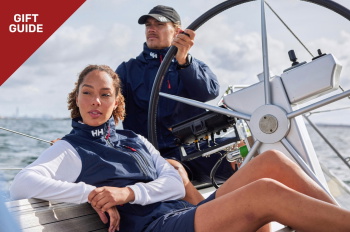
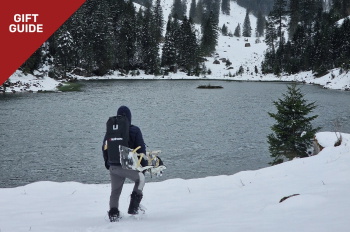
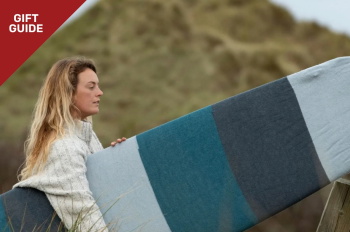

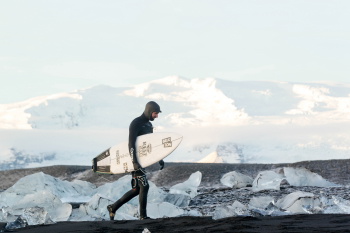
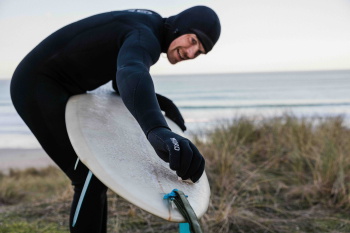


 Visit the US site
Visit the US site  Weiter nach DE
Weiter nach DE